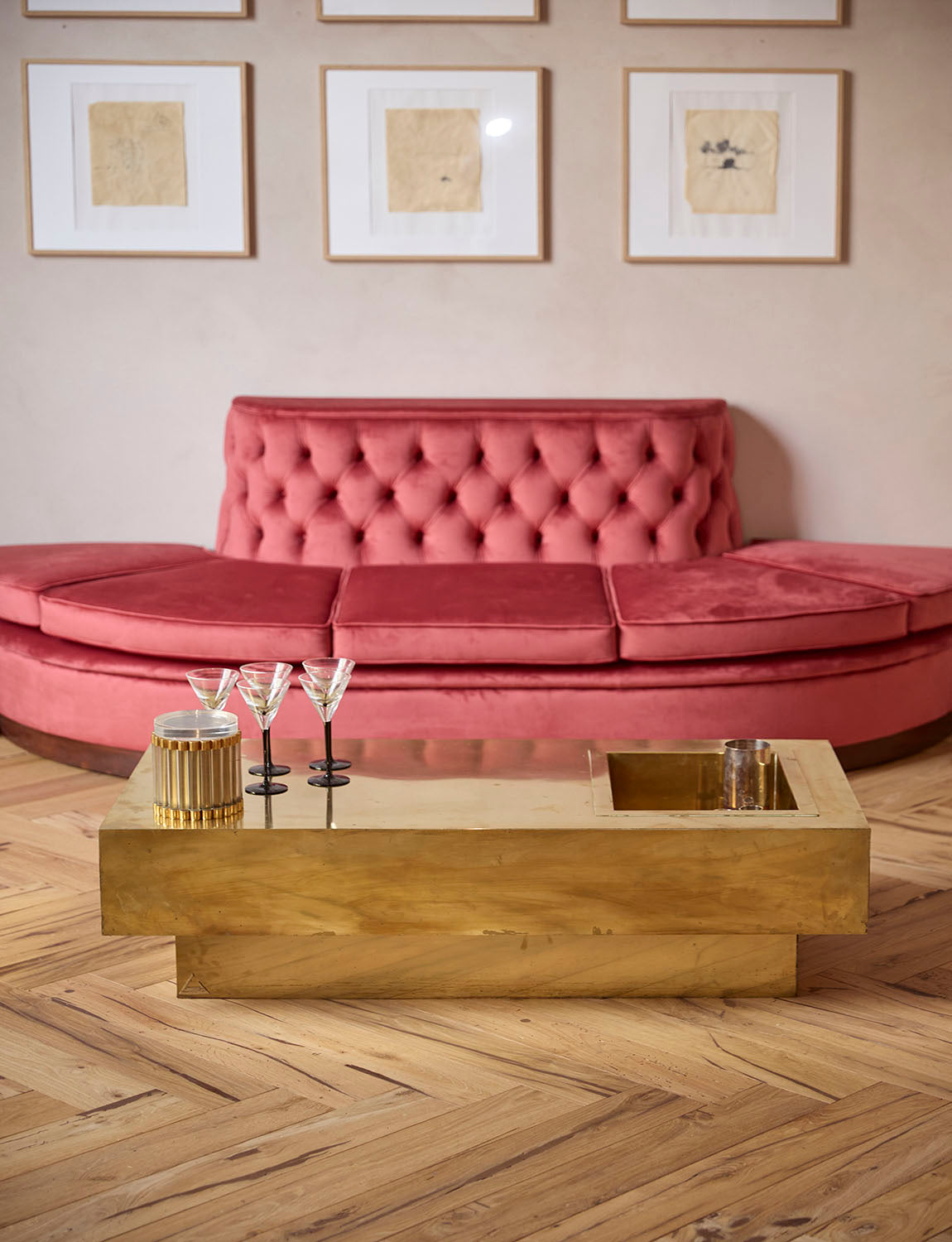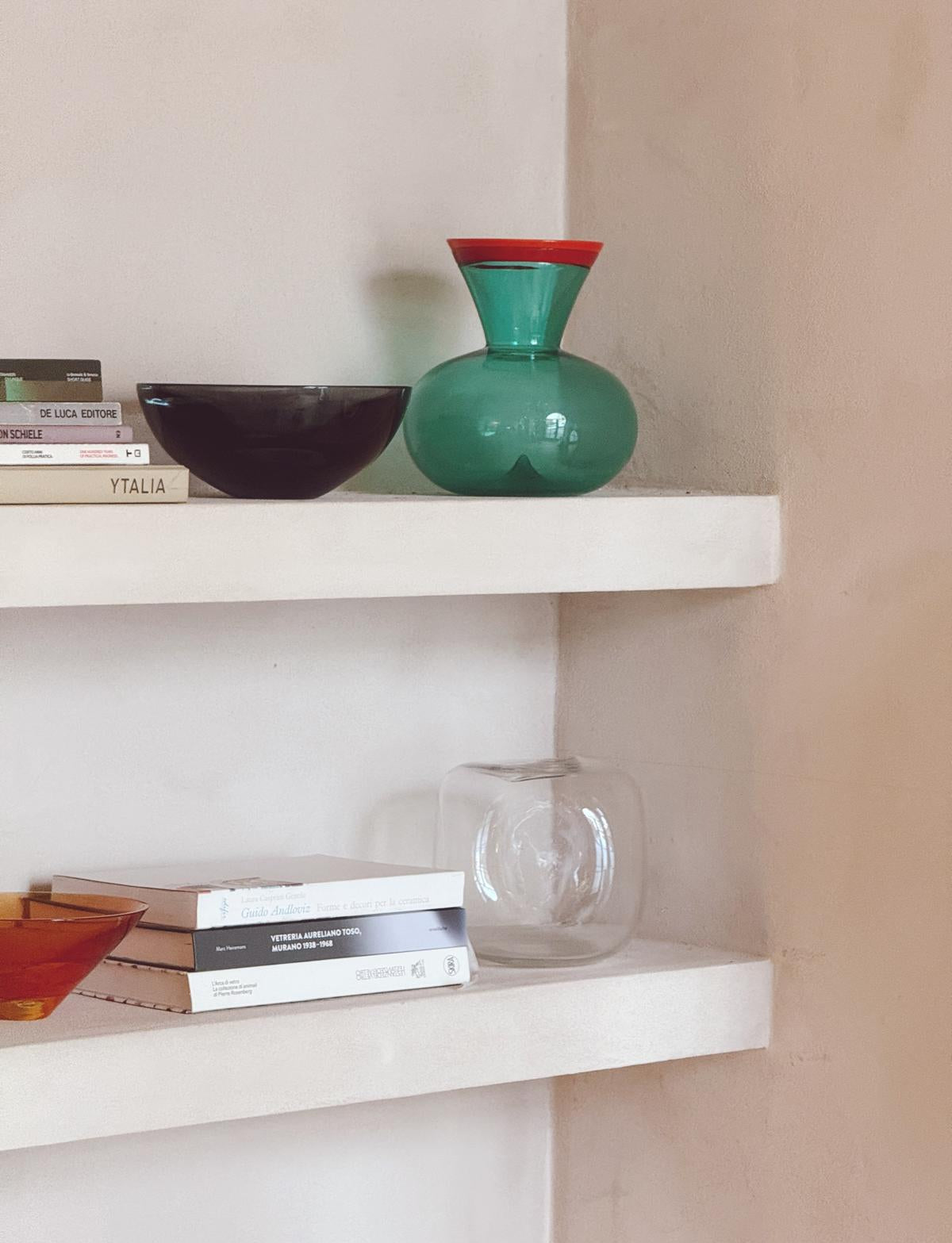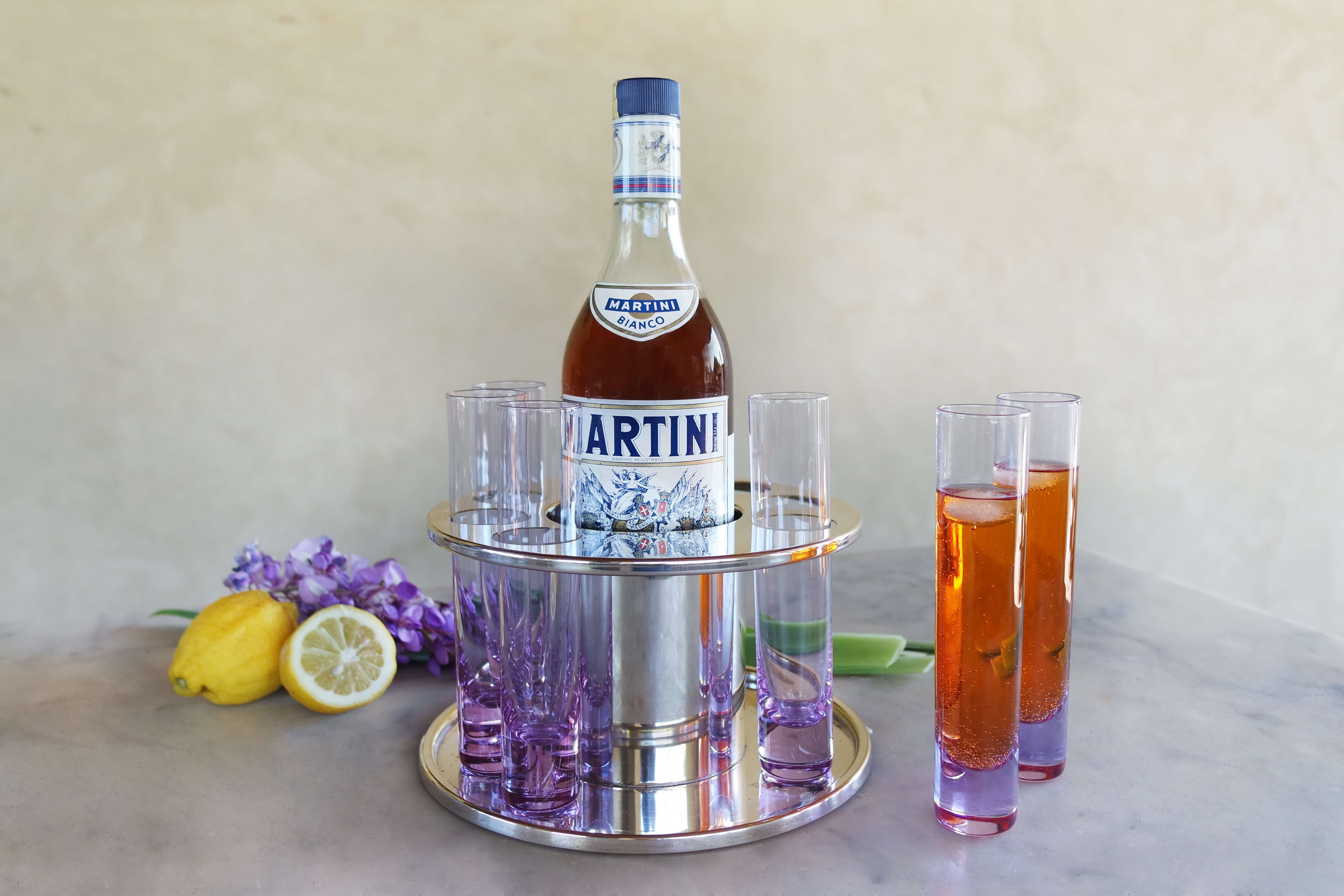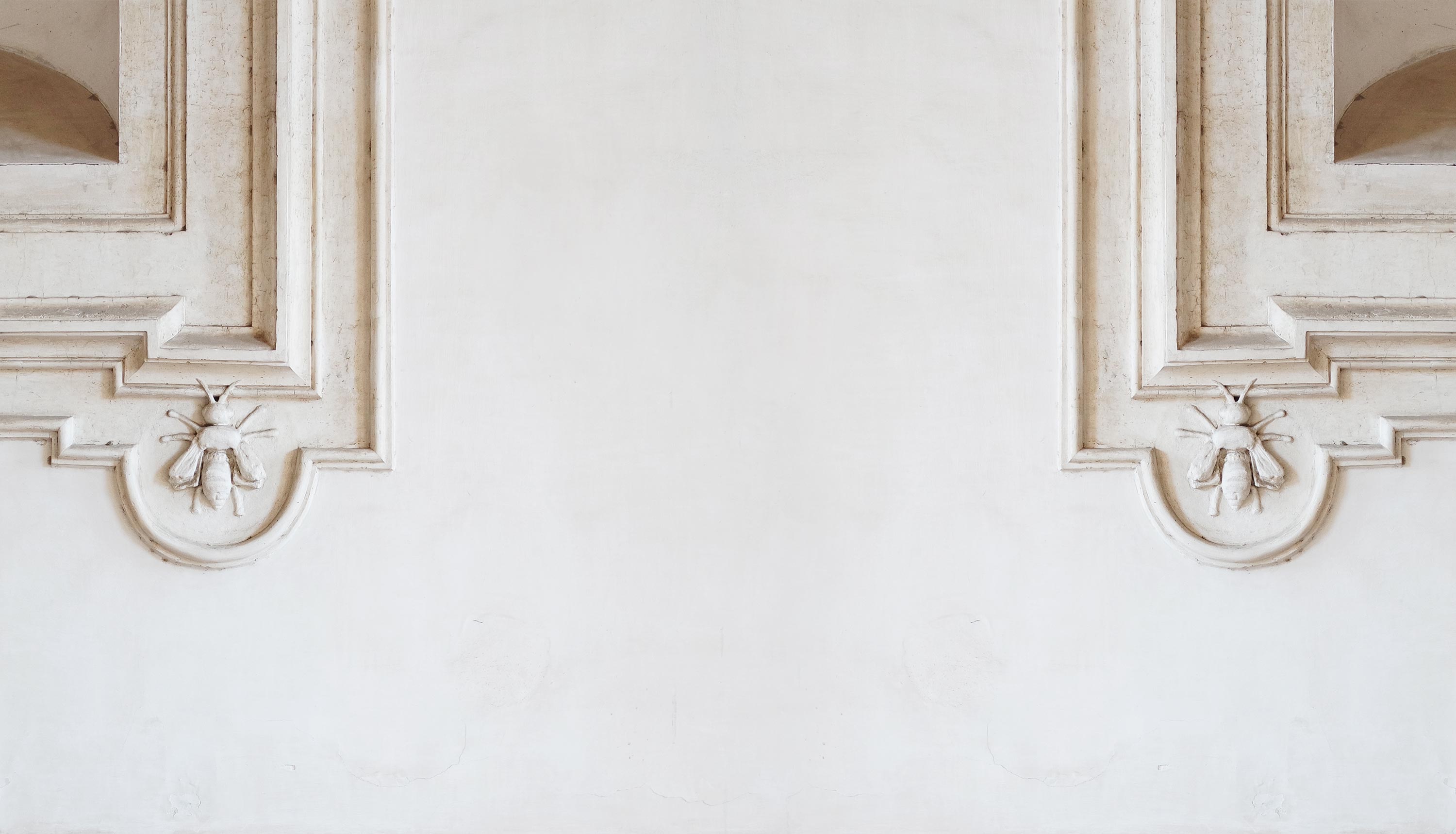Article: A Short History of Murano Glass
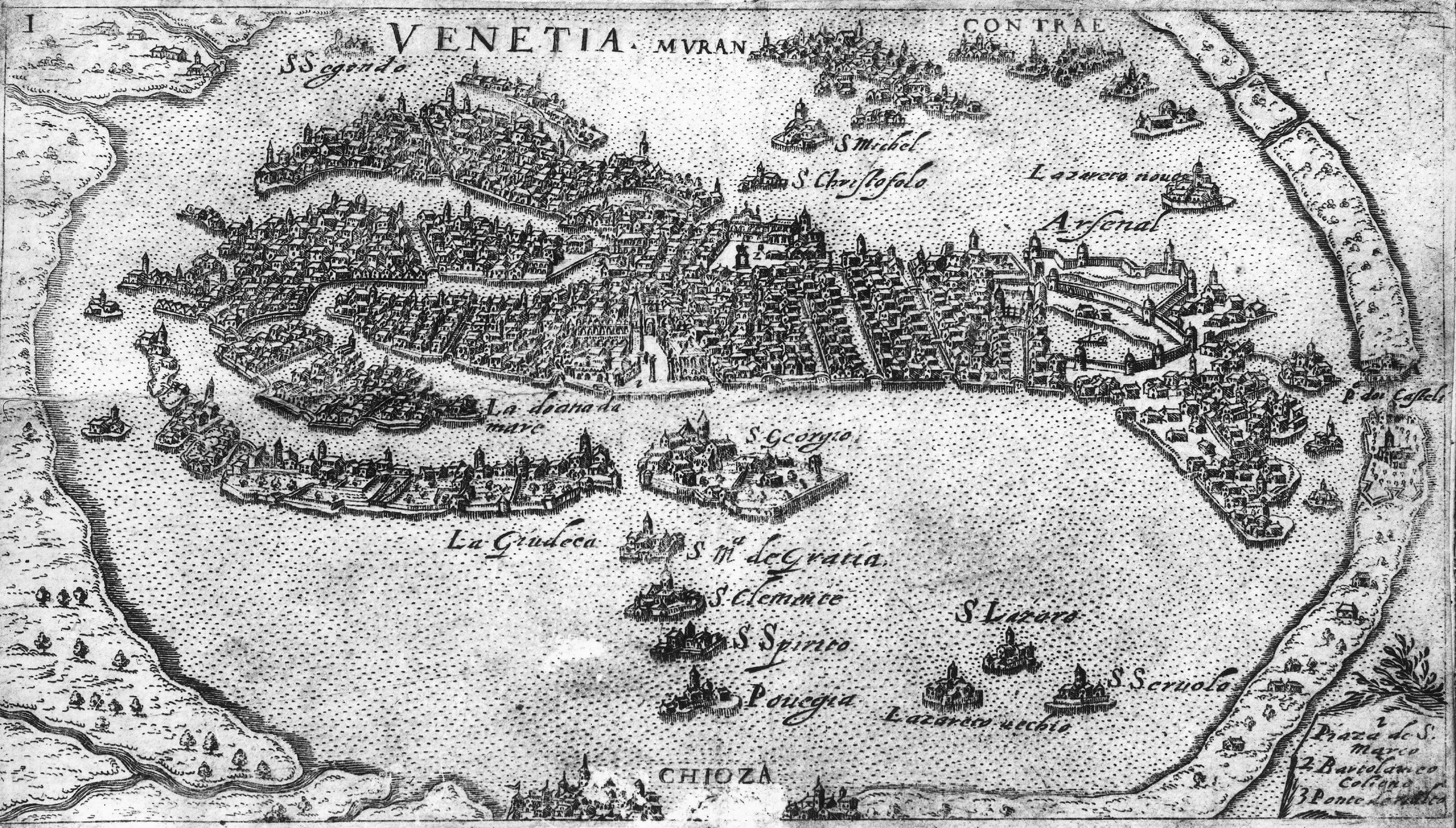
A Short History of Murano Glass
Murano, Venice. Step off the boat. Saunter through the narrow streets, enter a doorway into a furnace and watch the master glassmakers at work.

In the 1300s, there was no other place in Europe that could make glass. It was a type of magic. The glassblowing trade was so secret, so valuable, that if a glassblower attempted to leave the island, their family would be imprisoned or their hands would be cut off. Glass blowing had existed for a thousand years before this of course. Many of the furnaces prior to the 1300s had been based in Venice but the furnaces were so hot and dangerous, that they regularly caught fire threatening the city of Venice. So, in the 1300s, the art of glassblowing and it’s master glass blowers were moved to the Island of Murano. Shrouded in secrecy, the glassblowers were contained on a small island, their secret art less likely to escape. By the 1600s, Venice was one of the largest and most important cities in the World. A hub of international trade across Europe and Asia. It was no surprise that this time was the golden age for glassmaking in Murano. At least 28 glass making furnaces were in Murano in 1581.

In the 1920s, Murano experienced a New Golden Age. Artists worked in the furnaces alongside glassblowers, and the Creative Directors of many furnaces became names in their own right. Some of Venice's historical glass factories in Murano remain well known brands today, including De Biasi, Gabbiani, Venini, Salviati, Barovier & Toso, Pauly, Berengo Studio, Seguso, Formia International, Simone Cenedese, Alessandro Mandruzzato, Vetreria Ducale, Estevan Rossetto 1950 and others.
Vetri soffiati. Glass Blowing. The technique.
A master glassblower picks up a ball of molten glass from the furnace and and whips and contorts and manoeuvers it at high speed on the end of a long blowpipe. Lead, cobalt, copper, iron are used to colour the molten silica at various points in the process. Other balls of molten glass are added, manipulated. The whole thing, still burning bright red. The final piece, still immensely soft at such high temperatures is cut from the blowpipe. When the craftsman is done, he places the piece in an oven to ‘cool down’. This description does not give the craft the veneration it deserves. It takes a lifetime to learn these skills, to become a master glassblower.
Murano Glass Designers & Artists at The Italian Collector
Formia Furnace
Quadruple layered Sommerso Glass Blowing Technique. A wonderful example of this is the “Bottiglia di Profumo” below.

Alessandro Mandruzzato
Mandruzato and Flavio Poli also used a sommerso technique in their designs, literally translated as submerged, one layer of molten coloured glass is inset into another layer of molten coloured glass.

Flavio Poli for Seguso (1900-1984)
Pieces by Venini (1895 – 1959), Simone Cenedese and Vnason & Co are also available at The Italian Collector



